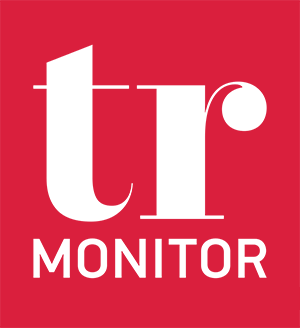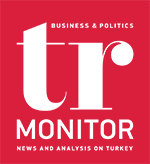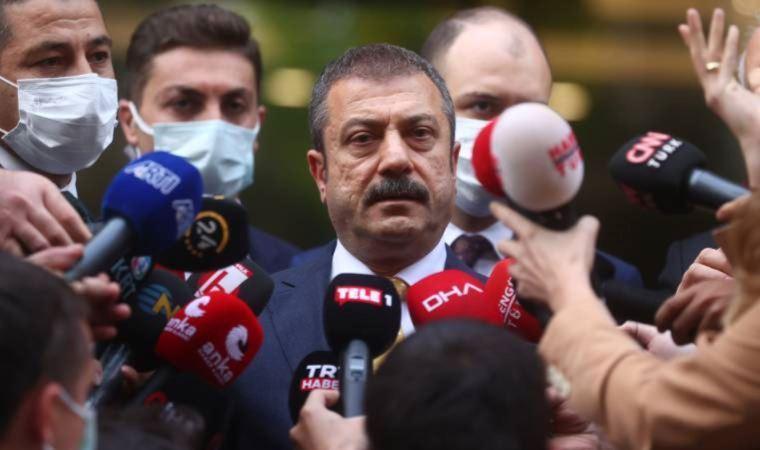By MARUF BUZCUGIL
Central Bank (CBRT) Governor Sahap Kavcioglu appeared before journalists for the first time after Turkey’s surprise rate cut this week and signaled that the “inflation targeting” regime established by the AKP-led government in 2006 can now be abandoned. The Central Bank, whose independence in choosing and implementing monetary policy is oft-discussed, is now preparing to take a stance that will overshadow these discussions – they will move towards development banking.
The goal now, for the Central Bank, is to achieve price stability by reducing the current account deficit. When the Central Bank suddenly cut interest rates, triggering a jump in exchange rates in an environment of skyrocketing inflation, economists struggled to understand the political rationale – now it is becoming clear. Though the Central Bank increased its 2021 year-end inflation target by 4.3 points to 18.4%, the fact that it still felt it could cut interest rate – by however a small amount – before the end of the year gives clues as to the new path the Bank is setting upon.
The new path, inevitably, envisions progress and development in an environment of high inflation and low interest rates. Pointing to recent records broken in exports, Central Bank Governor Kavcioglu said that the Bank’s first priority is to support investments with export potential that will create import substitution through rediscount credits. Kavcioglu’s words when presenting the inflation report are critical: “As the CBRT, we aim to continue the accumulation of reserves in order to strengthen the monetary transmission mechanism. In this regard, we will focus on rediscount credits as a means of accumulating fundamental reserves.”
This new positioning of the Central Bank may have the following consequences:
- The Monetary Policy Framework for 2021 may be withdrawn before the end of the year.
- The statement by the CBRT that its main policy instrument is the one-week repo rate (policy rate) may be rendered invalid.
- The Bank’s commitment that “the policy rate will continue to be set above inflation until indicators point to a permanent decline in inflation and the medium-term 5% target is reached” will lose all meaning.
The CBRT policy hidden in the excerpts
The Central Bank’s quarterly inflation reports are considered the most important communication of the government’s monetary policy. It is believed that the inflation outlook outlined in the report and the updated quarterly inflation targets will help the economic world to see the future of the markets and to foment healthier economic decision. However, brief analysis of the information contained in the highlighted excerpts of the inflation report showcase the Central Bank’s real institutional capacity. These excerpts reinforce confidence in the Central Bank. From exchange rate increases and inflation summaries, to PPI-CPI reflections, to traces of the increase in energy prices in the CPI, even to taxes and wages, these statistics are a critical resource for analysts and economic journalists.
This report may lose its weight and significance if the Central Bank leaves inflation targeting behind. It seems that the commitment to set the policy rate above inflation, which we will remember only as we look back at monetary policy texts, has been abandoned. The question, “Will the Central Bank take headline inflation, core inflation, or other economic indicators as their basis?” that we repeatedly asked Kavcioglu, will no longer be relevant given the new orientation of the bank.
Climate Change in the inflation report
The Central Bank put focus on climate change in the fourth inflation report of 2021. In the excerpt entitled “Monetary Policy and Central Banking in the Process of Global Climate Change,” they included the following statement: “Global climate change affects the overall economy through its effects on economic activity, inflation, labor productivity, and even through the financial risks it poses to the overall financial system. The fact that these factors all affect price and financial stability necessitate that central banks follow developments in global climate change.”
In his statement, Bank President Kavcioglu further said, “As the Central Bank of the Republic of Turkey, we care about supporting sustainable financial practices as a long-term policy in order to reduce the risks posed by global climate change. We do this without triggering a change in the main objectives of the bank’s monetary policy.” His words were added to “green awareness” trend.










